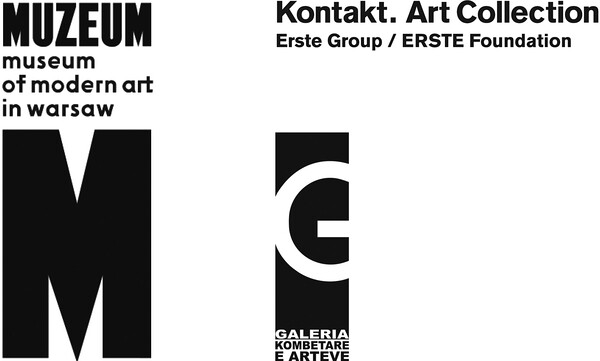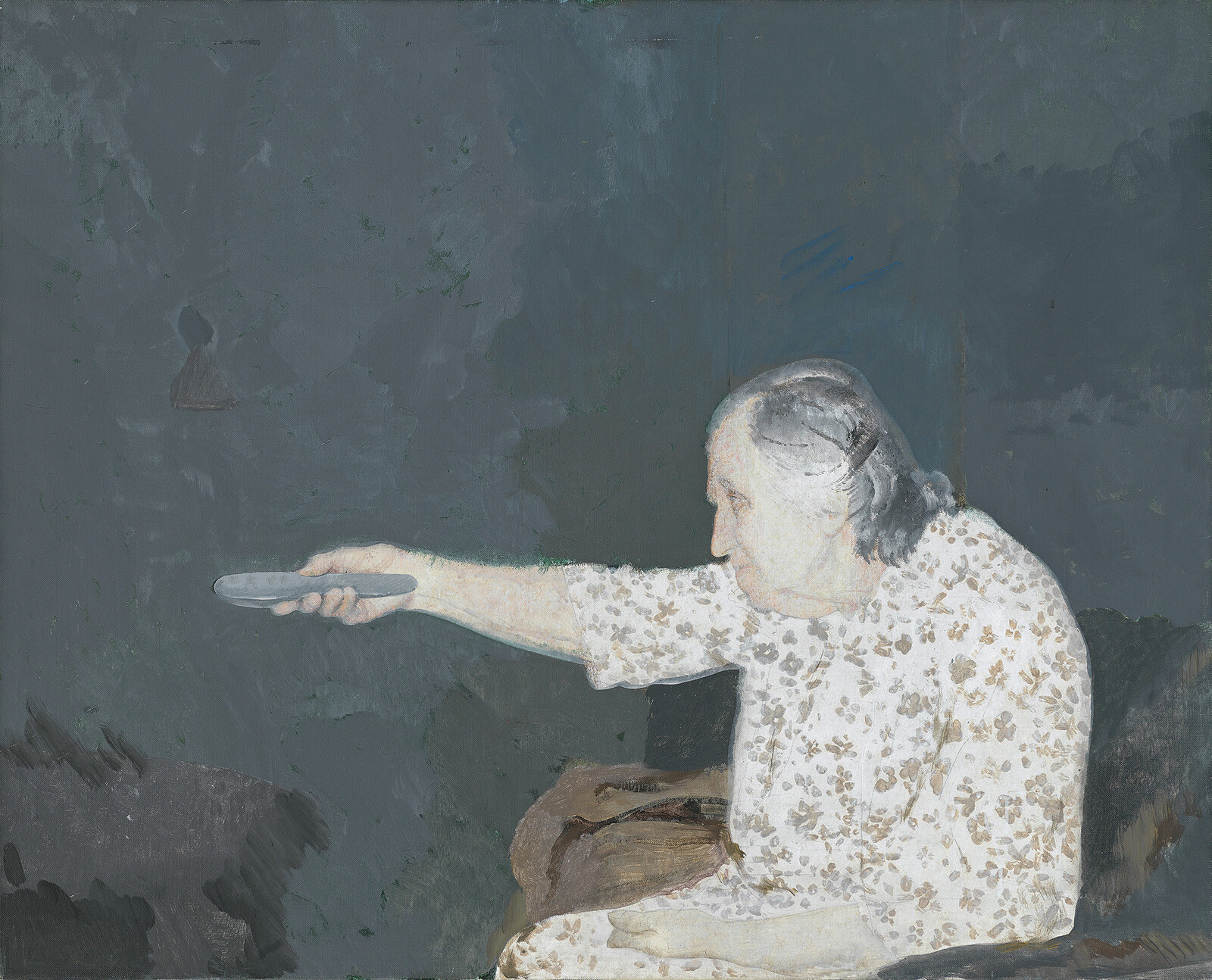Painter of Transformation
March 2–May 6, 2018
ul. Pańska 3
00-124 Warsaw
Poland
Hours: Tuesday–Sunday 12–8pm
info@artmuseum.pl
The Museum of Modern Art in Warsaw presents the first retrospective exhibition of the Albanian painter Edi Hila.
Edi Hila was born in Shkodra in 1944, and lives and works in Tirana. He is affiliated with the Tirana Academy of Fine Arts, where he worked for many years as a professor.
Hila was educated in his native Shkodra, a city with ancient beginnings, known as the cultural capital of Albania. During his studies in the 1960s he experimented timidly with deformation. In 1972 he painted Planting of Trees, a pleasant picture rendered slightly unreal through the use of color, which because of its departure from the approved socialist realist doctrine soon became a pretext for ordering him to work in a factory as punishment. For several years, forced to work in a processing plant, he was practically cut off from the ability to practice painting. He produced numerous drawings at that time, first and foremost the series “Poultry” (1974–1977), documenting the life of workers, harrowing in their raw realism. In the 1990s, seeking his own path back to painting, Hila carefully observed life evolving after the fall of the Hoxha regime and tried to depict the realities of social transformation. The groundbreaking series “Comfort” (1997) captures the insatiable consumer utopia promised to the society.
Hila primarily works in series treating a selected theme over several paintings. The most important of Hila’s series include “Paradox” (2000–2005), “Relations” (2002–2014), “Threat” (2003–2009), “Roadside Objects” (2007–2010), “Penthouses” (2013), “Martyrs of the Nation Boulevard” (2015) and “A Tent on the Roof of a Car” (2017). The realism of his painting is distinct, based on careful observation of detail, which he exploits to convey the psychological truth of the observed phenomenon.
Hila carefully selects the themes for his painting series. They possess the strength of authenticity of everyday observation as well as the universality of the existential principle. In his version, this strips the transformation in Eastern Europe of accident or adventure typical of many presentations, and gives it the weight of distilled general truths, as if he were its final chronicler. One of the reasons for such radical reduction may be Hila’s leaning toward classicism, a fascination with Renaissance sources of painting. It is as if modernism has evaporated from his field of interest and there are no dilemmas of modernity. This is why the transformation, in collision with the classical tradition of painting and balance understood in the distant spirit of the Renaissance, conveys so clearly the disruption and attack on harmony and order. On the other hand, it is rooted in human dilemmas that are hard to conceal, even with a veneer of modernization.
Edi Hila’s exhibition at the Museum of Modern Art in Warsaw fits within a series of exhibitions devoted to overlooked artists from Eastern Europe. Over the past few years we have prepared monographic exhibitions of Ion Grigorescu, Július Koller and Maria Bartuszová, and carried out projects with Sanja Iveković and Tomislav Gotovac. But this project extends beyond scholarly curiosity or historical necessity. The reason we are addressing Hila’s oeuvre at this time is the acute currency of an artist who refused to be deceived by the trappings of the transformation, always tracing the threats it carried with it.
Curatorial team: Kathrin Rhomberg, Erzen Shkololli, Joanna Mytkowska
Partners of the exhibition: Kontakt Art Collection, Vienna and National Gallery of Arts in Tirana
Press contact:
prasa@artmuseum.pl



